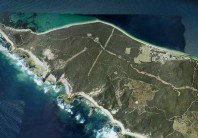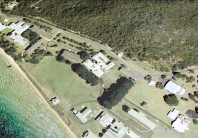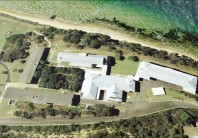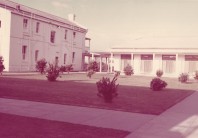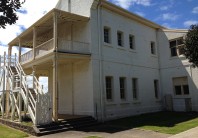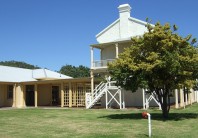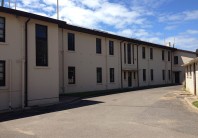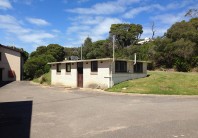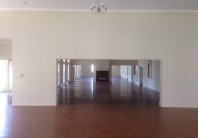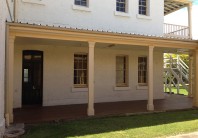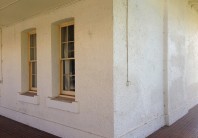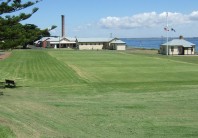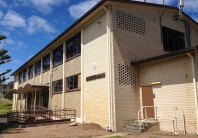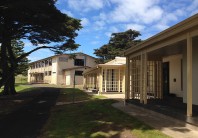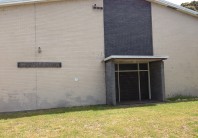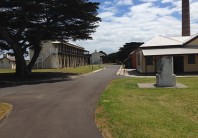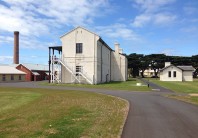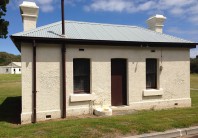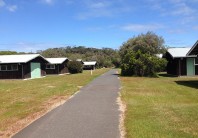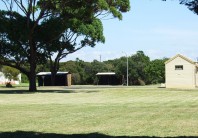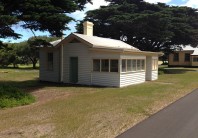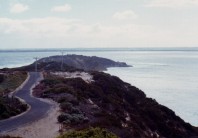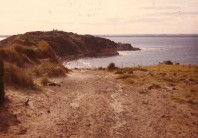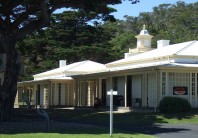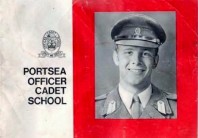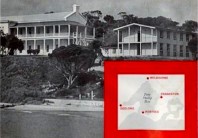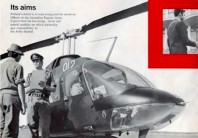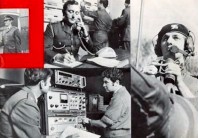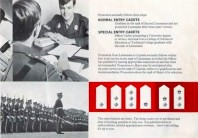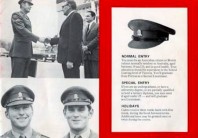Scenery
A Brief History
The Officer Cadet School, Portsea began training officers for the Australian Army in January 1952. During its 33 years of operation until closure in 1985, 3,544 cadets graduated, including 2,826 Australian Regular Army, 30 RAAF and 688 foreign students: New Zealand (378), Papua New Guinea (61), Fiji, Philippines (38), Singapore (40), Malaysia (91), Cambodia, Vietnam, Uganda, Kenya and Nigeria. In its last year, females joined the intakes and 14 graduated.
Between 1952 and 1985, OCS Portsea trained 40 per cent of the new officers commissioned into the Regular Army, compared with Duntroon’s 28 per cent. The remaining officers were provided by the Officer Training Wing of the Women’s Royal Australian Army Corps School at George’s Heights, Sydney, and Scheyville.
The school was set up amidst the backdrop of the post-war period, when commitments to Korea and Japan and to the national service scheme required an increase in the number of junior officers in the Army. The four-year course at the Royal Military College, Duntroon was not flexible enough to enable this increase in junior officers, so the decision was made to establish the Officer Cadet School at Portsea. Unlike Duntroon, OCS did not provide a degree course and trained would be junior officers over a shorter course; initially this was a six-month course, but later it became one year.
The course later ran for 44 weeks. Entry criteria differed to Duntroon, with broader age ranges and lower educational requirements; consequently a high proportion of Portsea’s officer cadets were serving soldiers deemed suitable for commissioning. A significant number of OCS cadets were direct entry civilians. Additionally, OCS trained servicemen from other nations including The Philippines, South Vietnam, Cambodia, Brunei, Malaysia, Singapore, Papua New Guinea, Kenyan, Uganda, Fiji and New Zealand and those graduated were commissioned into their respective services. A number of graduates were also RAAF personnel.
Following the Vietnam War, the national service scheme ended and the OTU Scheyville was closed in 1973. In the mid-1980s, a review of military training establishments in Australia occurred. As a result, a decision created a tri-service military academy offering tertiary education to officer trainees of all three services (Army, Air Force and Navy). This academy became known as the Australian Defence Force Academy (ADFA). Due to the formation of ADFA, the Royal Military College, Duntroon stopped providing degrees to its graduates and reduced its course from four years to eighteen months. This essentially meant that Duntroon and OCS were providing the same training and, the decision was made to close down Portsea.
The final OCS graduating class was the class of December 1985, which included female cadets for the first time, following the closure of the Women’s Officer Training Wing in December 1984. The Royal Military College, Duntroon then became the sole training establishment for General Service Officers in the Australian Regular Army. In December 1986, the final Portsea intake, who had been transferred to Duntroon, graduated.
Location
OCS Portsea was located at Point Nepean near the mouth of Port Phillip Bay in Victoria, Australia. The land occupied by OCS was originally used as a quarantine station for many years, where newly arrived immigrants were housed before they could be screened for infectious diseases. When the quarantine station closed, the OCS took up the remainder of the land, although upon closure the land was re-allocated to the Army School of Health.
Since 2002, when the Army School of Health vacated the land, there has been much debate surrounding the future of the site. Many of the old buildings were retained and some still stand today, having been protected under law. One of the buildings, which was used as a hospital, remains as a museum. OCS Cadets conducted lessons in a building previously used as a mortuary during the operation of the quarantine station. The Regimental Sergeant Major’s hut is believed to be one of the oldest buildings in Victoria. In June 2009, the land was transferred to the Victorian Government and has been incorporated into the Point Nepean National Park. In December 2009, the site was opened to the community as a public park.
Please click on the thumbnails below to view at a larger size with captions

